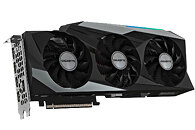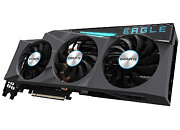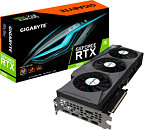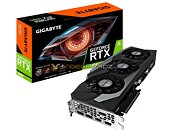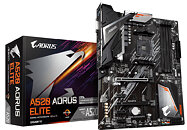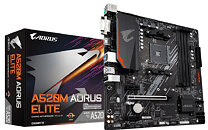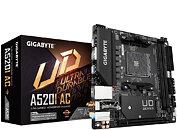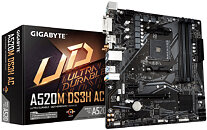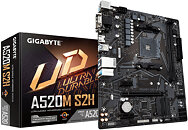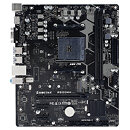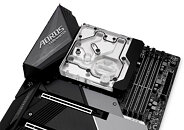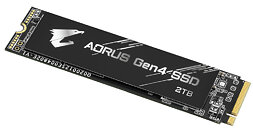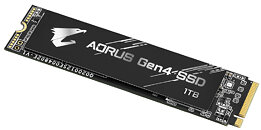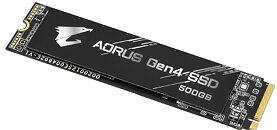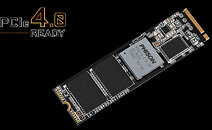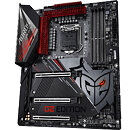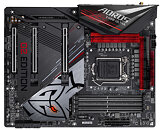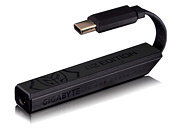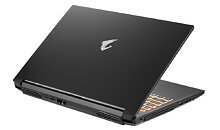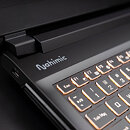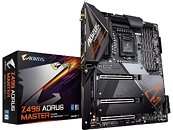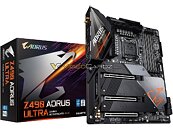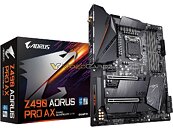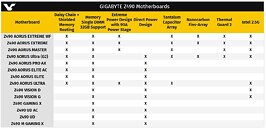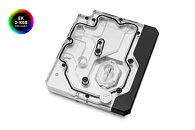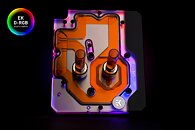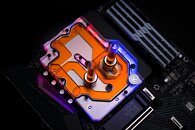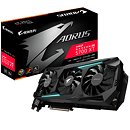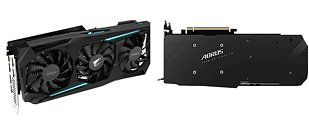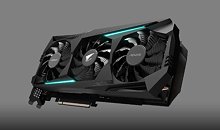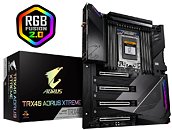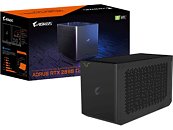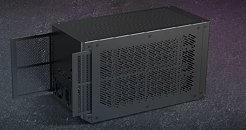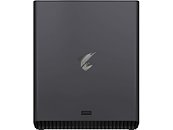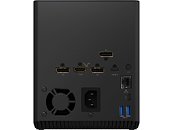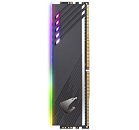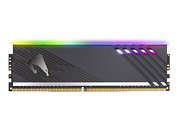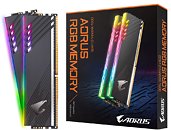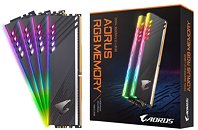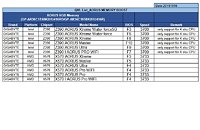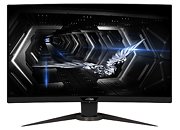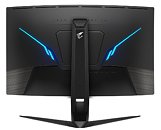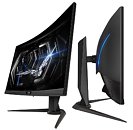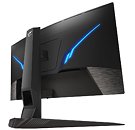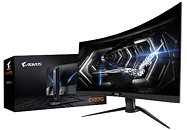
GIGABYTE Unveils AORUS 15P, the Ultra-thin Professional Gaming Laptop
Global leader in advanced technology and high-performance PCs, GIGABYTE, is proud to announce the launch of its latest professional gaming laptop - The AORUS 15P. Building on award winning design (2020 Red Dot Design), engineering prowess and collaboration with internationally renowned Esports team, G2 Esports, GIGABYTE has developed and designed a feather light professional laptop giving enthusiasts relative professional performance.
Professional design begins with high level collaboration. AORUS works with professional Esports teams to get first hand input to ensure quality build and design. The result is sleek, high-quality built laptops tailored for professional gaming in terms of performance, display and keyboard. Having perfected the ultra-performance professional grade gaming laptops, GIGABYTE brings you the AORUS 15P designed with enthusiasts in mind. The AORUS 15P inherits the features and capabilities of that AORUS Pro Gaming series, bringing the key components from hard-core gaming into the realm of enthusiasts. Providing exceptional performance and heat dissipation while adopting a thinner per-key RGB keyboard. Weighing in at only 2 kg (Under 5 lbs); the sturdy chassis passed a series of pressure tests while still supporting the speed-oriented aesthetics of the AORUS series. Inspired by supercars, GIGABYTE crafted a simple low-key elegant chassis, yet appealing battery life is not compromised in the new enthusiast model with up to eight hours of battery life, the brand-new AORUS 15P offers excellent portability.
Professional design begins with high level collaboration. AORUS works with professional Esports teams to get first hand input to ensure quality build and design. The result is sleek, high-quality built laptops tailored for professional gaming in terms of performance, display and keyboard. Having perfected the ultra-performance professional grade gaming laptops, GIGABYTE brings you the AORUS 15P designed with enthusiasts in mind. The AORUS 15P inherits the features and capabilities of that AORUS Pro Gaming series, bringing the key components from hard-core gaming into the realm of enthusiasts. Providing exceptional performance and heat dissipation while adopting a thinner per-key RGB keyboard. Weighing in at only 2 kg (Under 5 lbs); the sturdy chassis passed a series of pressure tests while still supporting the speed-oriented aesthetics of the AORUS series. Inspired by supercars, GIGABYTE crafted a simple low-key elegant chassis, yet appealing battery life is not compromised in the new enthusiast model with up to eight hours of battery life, the brand-new AORUS 15P offers excellent portability.

